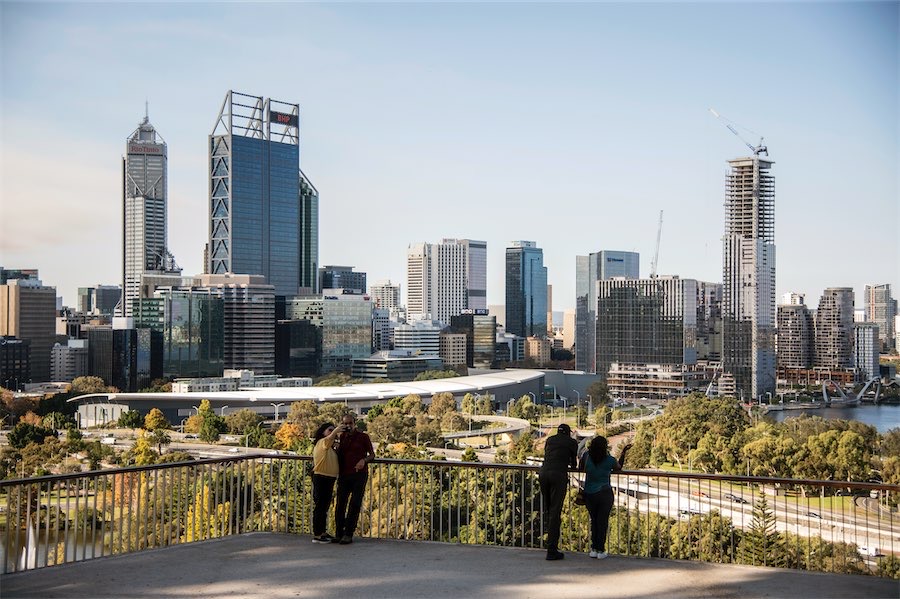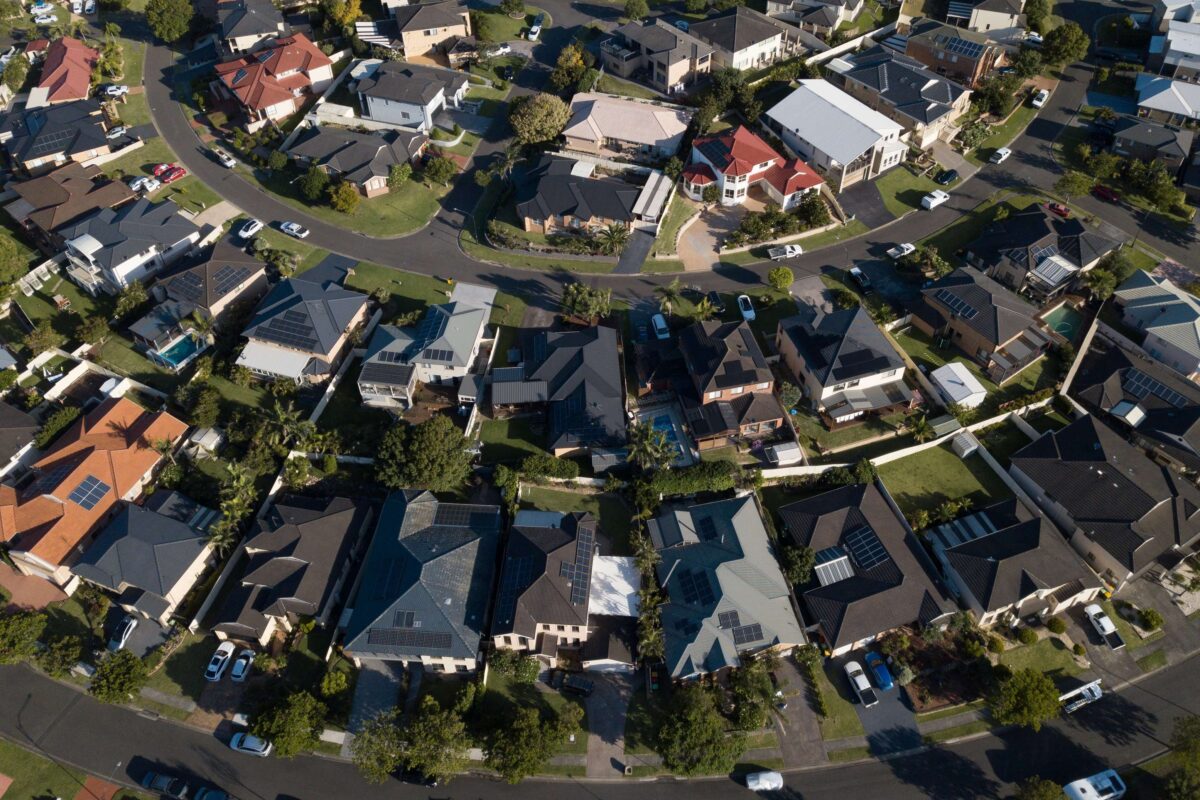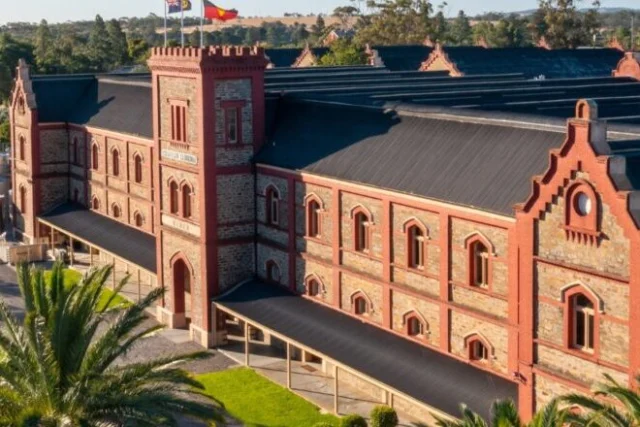
By William Ton
West Australians have been on a shopping spree as more people move west where jobs are plentiful, cementing the state’s economy as the best in Australia for the first time in a decade.
Not since July 2014 has the westernmost state topped CommSec’s State of the States report, which gauges their economic performance and momentum based on eight indicators. The ACT has slumped to sixth position.
In the October quarter report released on Monday, resource-rich WA comes first in retail spending, relative unemployment and population growth.
This is on the back of the nation’s economies being supported by a resilient jobs market and strong population growth at a time where consumers are facing high inflation and borrowing costs, CommSec chief economist Ryan Felsman said.
“What we have seen in Western Australia is broad-based growth in the private sector, and that’s being supported by the resource sector,” he told AAP.
A buoyancy in mining and strong population growth were supporting the state’s housing and labour markets, Mr Felsman said.
WA’s population has ticked past three million people for the first time, with the state’s rapid growth adding a million people in the past 20 years.
South Australia was dethroned after topping the chart for three consecutive reports but remained the top performer when it came to real economic growth and housing commencements.
The report, which judges performance relative to each jurisdiction’s historic benchmark, places Queensland in third place, having jumped up two spots due to increased home lending, which is up by 39 per cent on the long-term average.
Higher interest rates were really affecting the southeastern states and territories, Mr Felsman said.
Victoria slipped one spot to fourth despite leading on construction work done amid its Big Build projects, while Tasmania climbed to fifth and the ACT fell to sixth.
Despite being the largest state economy, NSW continues to languish at seventh spot as the “rate-sensitive” state grapples with its expensive, slowing housing market.
“There is a slowing in home price growth, and households are more heavily indebted in places like Sydney and that is weighing on retail spending, along with business investment and dwelling starts,” Mr Felsman said.
The Northern Territory has again ranked last.
In terms of annual growth rates, which is used to compare economic momentum, Western Australia, Queensland and the Northern Territory lead the rest of the pack.
“Those states are focused on the resources sector and while China’s demand has weakened, there are hopes for stimulus there,” Mr Felsman said.
“We have seen the broad easing of monetary policy around the world, including China, which also provides some support for industrial metal prices, copper, nickel, zinc.”
Expectations the Reserve Bank would cut interest rates at least in the first half of 2025 would change the fortunes of some states and territories considerably, particularly the ones that were lagging at the moment, Mr Felsman said.
Who can be trusted?
In a world of spin and confusion, there’s never been a more important time to support independent journalism in Canberra.
If you trust our work online and want to enforce the power of independent voices, I invite you to make a small contribution.
Every dollar of support is invested back into our journalism to help keep citynews.com.au strong and free.
Thank you,
Ian Meikle, editor









Leave a Reply